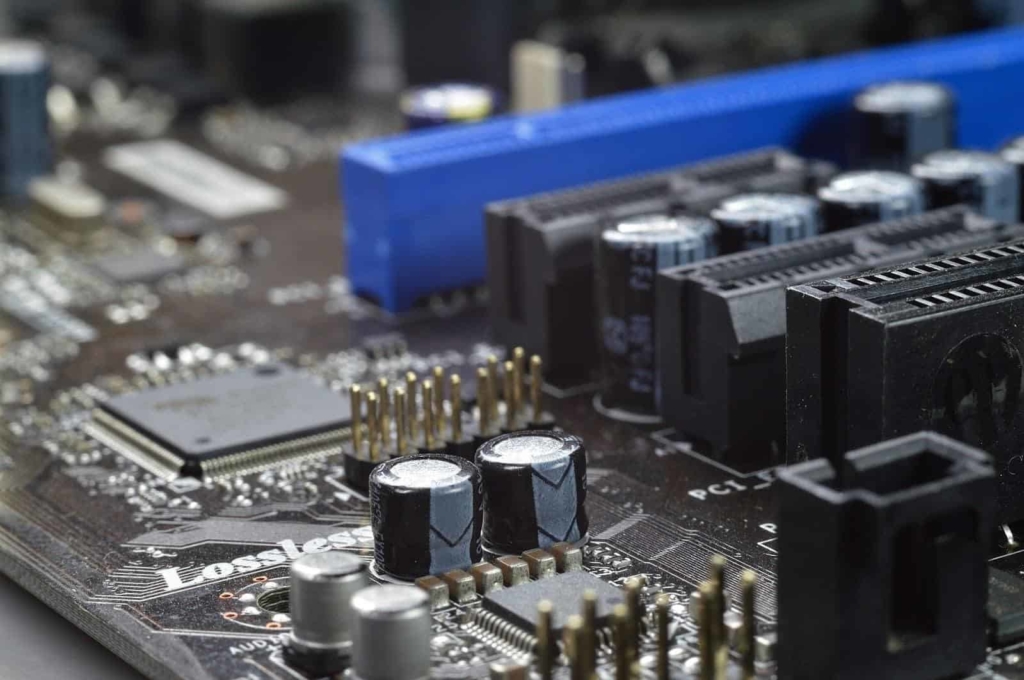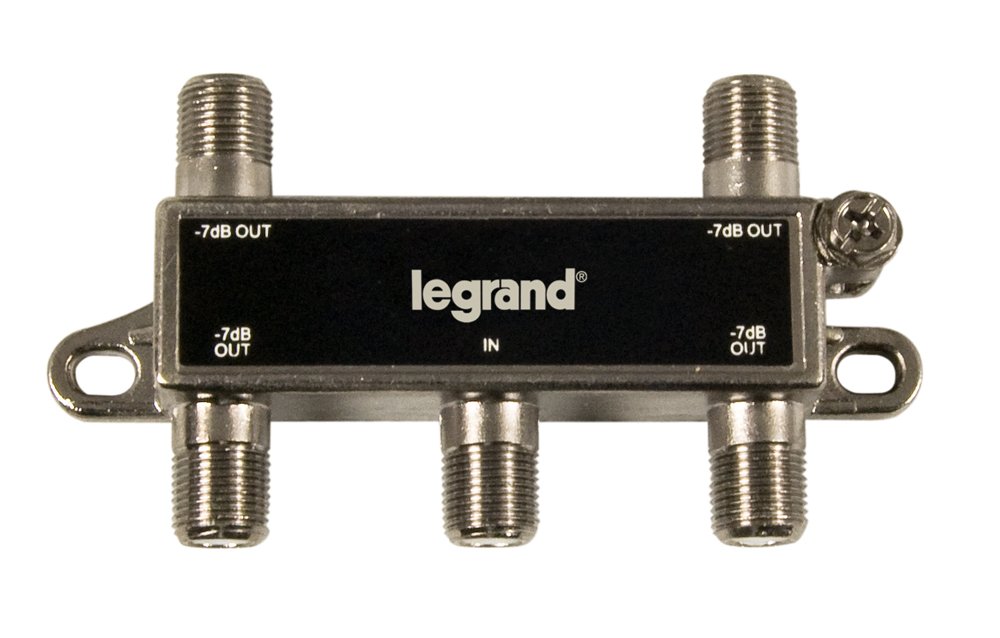While the coaxial cable splitter has been around a while, you might still have some questions about their quality and what they do and cannot do. That’s why we are here to help. Here is C&C Tech Group guide to frequently asked questions about coaxial cable splitters.
Related: Tech Tips
What is a Coaxial Cable Splitter?
Most people have heard the term cable splitter or coax splitter, but what exactly are they? Coax splitters are used to take a single video feed and branch it off into multiple places. They normally are configured in pairs of 2 output configurations such as 2,4, or 6, sometimes with an odd 3 output feature. They are ideally meant to maintain proper input and output environments.
This impedance for most coaxial cable splitters is around 75 ohms. A coax splitter will take power from the import side and split it equally to the outgoing ports. For example, for a 2-way splitter, taking 1 input and turning it into 2 outputs will take the initial 10 units of power and split them into 5 for each output.
Is there any difference in the quality of coax splitters?
Not all coax cable splitters are made with the same quality. A lower end splitter may interfere with the signal and cause multiple reflections or shadows on a picture referred to as ghosting. Lower quality splitters tend to have a single component and can fail to produce a good wideband impedance match, resulting in signal loss or other negative visual effects. As to where a high-quality splitter will have multiple components to help assure quality performance of the splitter. While you might be able to use a lower quality splitter, they’re normally isn’t too much of a price difference, so it’s smart to invest and upgrade, so your splitter will last a long time.
Not sure what you need for your setup? C&C Technology Group is here to help. Give them a call today to speak with a representative.
Should I care if there are splitters in the coax system?
Knowing whether there are splitters in your coax distribution system can help identify problems when they arise or assess the output quality. Depending on how many times the signal is split will also be a factor in determining the quality of the video transmission. Some installation practices have a limit of a 2-way split, so knowing if there are splitters in the system is very important.
Related: Data Center

Can the CableIQ equipment detect the presence of splitters?
While the CableIQ cannot always pinpoint splitters’ location, it can detect them in the coax system. In the past, this wasn’t easy to do without specialized equipment. However, as technology advances, this allows the CableIQ system to determine this information easily.
Once a splitter is identified by the CableIQ running it’s Discover Mode; the user can then check out the COAX TDR trace and see the coaxial run’s reflections to determine other valuable information. The TDR (Time Domain Reflectometry) trace will contain the information needed to assess the quality of the splitter line and how many times the line was split. The TDR is similar to radar, and signals reflect off one another where there is a flux in the impedance.
What will the COAX Trace show if the splitter is a high-quality type?
With a higher quality splitter of 75-ohm cable system will have little to no reflection at the splitter site. The only reflections will be from the un-terminated ends of the spare outports.
There will only be two reflections. The two reflections will indicate that there is only a 2-way split. If the splitter is a higher quality splitter, there will be no reflection of the splitter itself. However, there might still be a slight reflection that allows users to determine the location of the splitter.
What will the results be if the splitter is a low-quality type?
Unlike high-end splitters, low-quality splitters do not provide quality wideband impedance for all of its ports. Generally, the lower quality ones will produce a low impedance reflection at the point where the splinter is at. That will produce a negative reflection, and since the match isn’t quality, unexpected extra reflections could be picked up on the COAX trace.
Sometimes the COAX trace will show a large negative impedance change where the splitter is. That indicates that the splitter itself is not good for the impedance rating. There might be 3 reflections showing up on the trace that represents the splitter and the outputs, and that will indicate a bad splitter. Multi-reflections can also cause a poor impedance match of the output ports, and the splitter needs to be replaced.
Will I be able to tell how many times the signal is split?

If you are using a good quality splitter in your line, you should see only one positive reflection that corresponds with each circuit’s un-terminated branch. Low quality splitters may not read properly at all.
Related: Visibility in the Data Center
Will the CableIQ Wire Map or Office ID Adapters work when there is a coaxial cable splitter?
That will depend on the construction of the coaxial cable splitter. Low-end splitters will have a direct wire path from the input to output, and the adapters will function fine. The higher quality splitters will not have direct connections from the input to the output.
The connection in these types of devices is generally a form of transformer device that won’t pass the signaling CableIQ and adapter required to function. MultiMap capability isn’t supported in Coax mode; therefore low-quality splitters and multiple adapters will not be seen by the system.
Conclusion
Coaxial Cable Splitters sounds complex, and it can be depending on the tools you have available to you and your team. With the lower end and higher end splitters keep in mind how the power sources will effect your project.
Looking for an established premier technology advisor C&C Technology Group has been offering their personal touch and quality service since 1985.
Last Updated on January 5, 2023 by Josh Mahan




